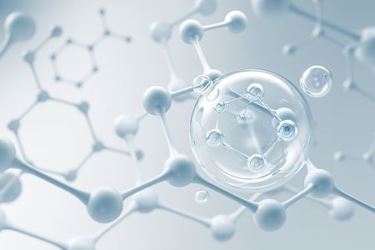New Research Finds Way To Destroy PFAS At Molecular Level


As the presence of per- and polyfluoroalkyl substances (PFAS) in source water, drinking water, and wastewater is found to be surprisingly widespread, and regulators introduce stricter guidelines for them, new research is giving hope that their harmful effects can be mitigated at the molecular level.
“There’s excitement about a new way to essentially smash [PFAS] molecules to bits so that they don’t cause environmental and health problems,” The Verge reported. “There are caveats to the process, but to many experts’ delight, it’s surprisingly simple for such a tough substance.”
Drinking water and wastewater treatment professionals are likely hoping that the research leads to real-world mitigation of PFAS. The contaminants are being found in drinking water and wastewater across the country, and the costs for treating them are raising red flags as regulators impose stricter limits.
But this new study might lead to new, potentially more efficient, ways of addressing PFAS. The researchers found a way to more easily break the bonds of PFAS’ chemical structures, using industrial solvent and sodium hydroxide to break apart the molecules at remarkably low energy costs.
“Previously, the only operational way to break down PFAS was to expose the particles to extremely high temperatures — sometimes above 1,800 degrees Fahrenheit — in an incinerator,” according to NBC News. “The new method appears to be safer and more energy-efficient.”
But there is still a long road ahead until this study could yield any tangible improvements for treatment plant operators. And it appears that even if more energy-efficient PFAS treatment systems emerge, drinking water and wastewater plants will still need to filter out the contaminants.
“There’s still a long way to go from research to real-world action,” per The Verge. “For starters, the forever chemicals need to be filtered out of water, soil, or otherwise taken out of wherever they’ve wound up before they can go through this kind of destructive chemical reaction.”
To read more about how drinking water treatment plants address PFAS, visit Water Online’s PFAS Solutions Center.
